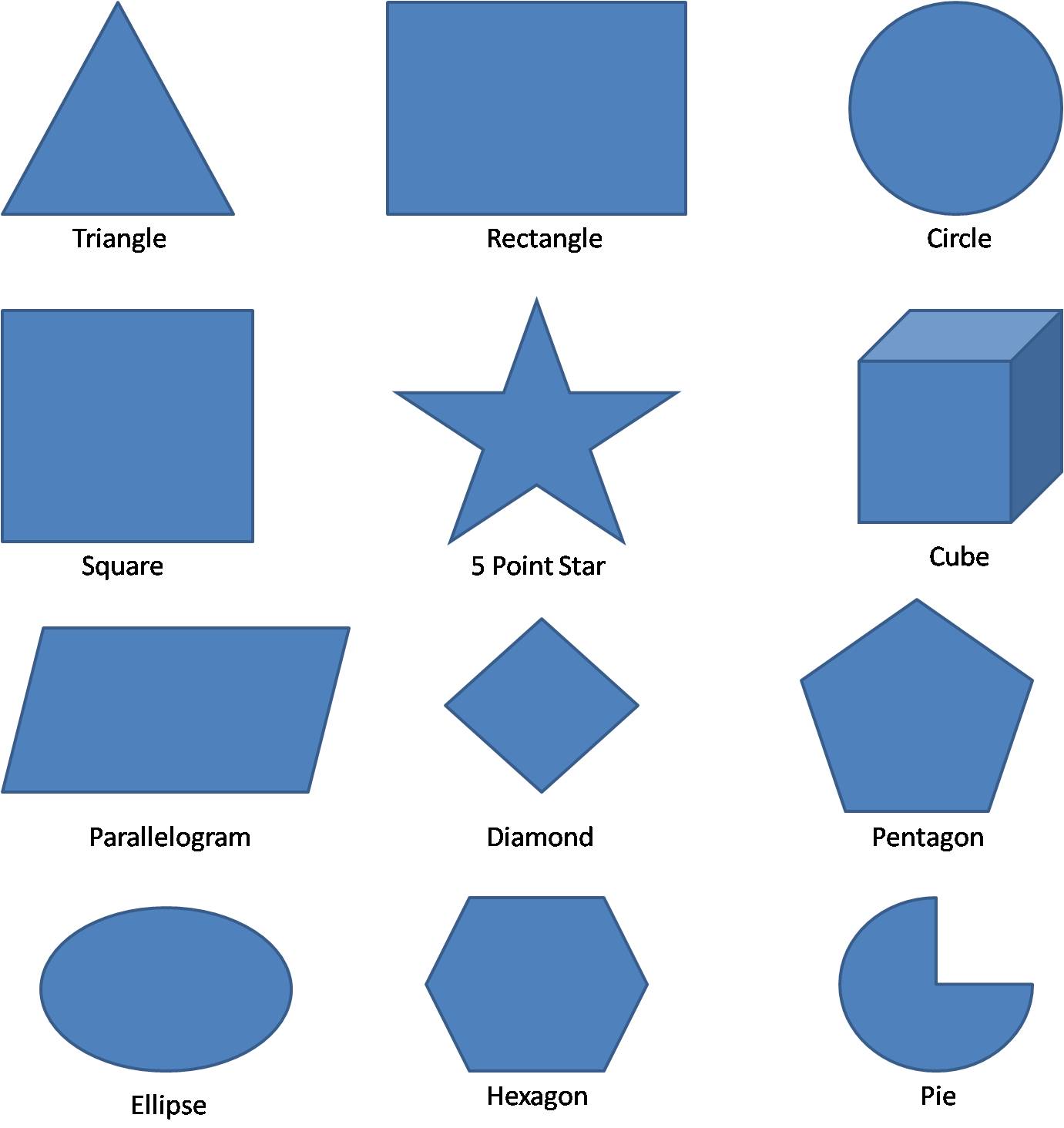

Sides Of Shape: Understanding The Geometry Behind Everyday Objects
When we think about the "sides of shape," it often brings to mind the fundamental concepts of geometry that govern the world around us. From the simplest geometric figures like triangles and squares to complex three-dimensional objects, the sides, vertices, and angles play a crucial role in defining their properties. This article delves deep into the various aspects of shapes, their sides, and their significance in mathematics and real-life applications.
Shapes are not just abstract concepts; they have practical implications in fields ranging from architecture to engineering and art. Understanding the sides of shapes helps us analyze and manipulate these forms in meaningful ways. Whether you are a student, educator, or simply a curious mind, grasping the intricacies of shapes and their sides can enhance your appreciation for the mathematical universe.
In this comprehensive guide, we will explore the different types of shapes, the importance of their sides, and how they are utilized in various disciplines. With a focus on the principles of geometry, we aim to provide valuable insights that are both informative and engaging.
Table of Contents
- 1. Definition of Shapes
- 2. Types of Shapes
- 3. Importance of Sides in Shapes
- 4. Mathematical Properties of Shapes
- 5. Applications of Shapes in Real Life
- 6. Common Mistakes in Understanding Shapes
- 7. Educational Resources for Learning Shapes
- 8. Conclusion
1. Definition of Shapes
Shapes are defined as the external form, outline, or appearance of an object. In geometry, shapes can be categorized into two primary types: two-dimensional (2D) and three-dimensional (3D). Each shape has distinct characteristics determined by its sides, angles, and vertices.
2. Types of Shapes
Shapes can be classified based on the number of sides they possess. Here, we will explore both 2D and 3D shapes.
2.1 Two-Dimensional Shapes
Two-dimensional shapes exist on a flat plane and have length and width but no depth. Some common examples include:
- Triangle (3 sides)
- Square (4 equal sides)
- Rectangle (4 sides)
- Pentagon (5 sides)
- Hexagon (6 sides)
2.2 Three-Dimensional Shapes
Three-dimensional shapes have length, width, and depth, allowing them to occupy space. Examples include:
- Cube (6 square faces)
- Cylinder (2 circular bases)
- Sphere (no sides)
- Pyramid (base is a polygon and triangular faces)
- Cone (circular base and a vertex)
3. Importance of Sides in Shapes
The sides of shapes are integral to their identity. The number of sides determines the classification of shapes and their properties. Here are several key points about the importance of sides:
- Shapes with more sides typically have more complex properties.
- The angles between the sides can affect the shape's stability and strength.
- In architecture, the sides of a structure influence its aesthetics and functionality.
4. Mathematical Properties of Shapes
Each shape follows specific mathematical rules governed by geometry. Here are some mathematical properties related to sides:
- The sum of the interior angles of a polygon can be calculated using the formula: (n-2) × 180°, where n is the number of sides.
- The area and perimeter of shapes depend on the lengths of their sides.
- For polygons, the classification into regular and irregular shapes is based on the equality of sides and angles.
5. Applications of Shapes in Real Life
Understanding shapes and their sides has practical applications in various fields:
- Architecture: Designing buildings with specific shapes for aesthetic and functional purposes.
- Engineering: Creating components with precise geometric properties for machinery.
- Art: Using shapes to convey meaning and emotion in visual compositions.
- Sports: Designing equipment that optimizes performance based on shape.
6. Common Mistakes in Understanding Shapes
Many learners encounter challenges when studying shapes. Here are some common mistakes to avoid:
- Confusing similar shapes with congruent shapes.
- Neglecting the importance of angles in determining shape properties.
- Overlooking the significance of three-dimensional shapes in practical applications.
7. Educational Resources for Learning Shapes
For those looking to deepen their understanding of shapes, several resources are available:
- Online courses on platforms like Coursera or Khan Academy.
- Books on geometry and mathematics.
- Interactive apps and games that teach shapes and their properties.
8. Conclusion
In summary, the study of the sides of shape is fundamental to understanding geometry and its applications. By mastering the characteristics and properties of various shapes, we can gain insights that extend beyond mathematics into everyday life. We encourage you to explore more about shapes, engage with educational resources, and share your thoughts in the comments below.
Thank you for taking the time to read this article! We hope you found it informative and inspiring. Make sure to check out our other articles for more insights into the fascinating world of geometry and mathematics.
Best Pokemon Emulator For PC: Your Ultimate Guide To The Best Options Available
Stunning After 40 Supplement Reviews: Insights From WebMD
Feeling Like I Need To Yawn But Can't: Understanding The Struggle And Solutions


